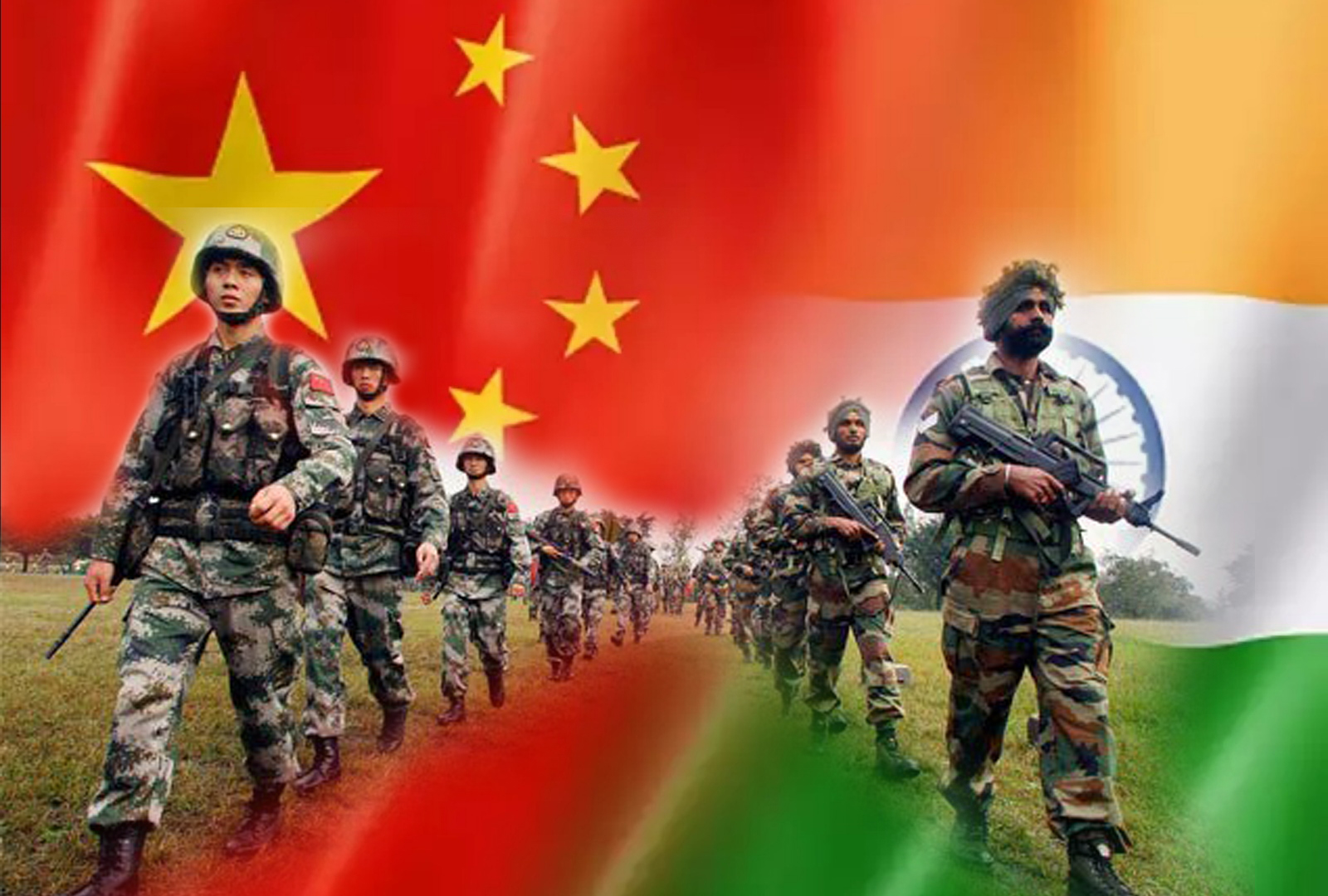By J.V. Lakshmana Rao Though China has partially withdrawn troops from some areas on the India-China border, it has now made it clear to India that Chinese troops have a plan to stay put at the eastern Ladakh along the Line of Actual Control. China is not showing any signs for complete disengagement and de-escalation. It looks the India-China conflict would be a long-drawn affair. The information about Chinese intentions and India’s preparedness to safeguard its interests has been conveyed to the Public Accounts Committee by India’s Chief of Defense Staff General Bipin Rawat. The committee has been apprised that India is ready for any eventuality and taken necessary steps to deploy soldiers in the ensuing harsh winter on the high altitude facing the border. There are no signs of breakthrough in the stalled disengagement of troops in Pangong Tso and Gogra areas of eastern Ladakh despite several rounds of military and diplomatic talks between the two countries. And the deadlock over the troop concentration, in the strategic location Depsang Plains also continues. The latest talks, held on August 8 between Major Generals of both the countries at the Depsang-Daulat Beg Oldie sector where the People’s Liberation Army (PLA) has deployed 12,000 troops along with tanks and artillery guns, have not broken the deadlock. It was the first Major General-level meeting since the stoppage of all meetings between colonels, brigadiers and major generals, after the violent clash at Galwan on June 15. However, the latest Major Generals-level talks stated to have been held only to discuss issues of varying claims and blocking of patrols on either side. It was stated that there was no discussion on disengagement or de-escalation. To counter the latest troop buildup by China, India also moved its additional brigades consisting of thousands of troops and T-90S main battle tank regiments in the Depsang Plaines situated at an altitude of 16,000 feet. India has also made provision for access to the Daulat Beg Oldie (DBO) advance landing ground and to the critical Karakoran Pass in the north. Some reports claim heavy Chinese presence comprising the People’s Liberation Army (PLA) troops in the Depsang Plains and the Bulge, blocking Indian Army patrols from reaching the Patrolling Points 10 to 13. Chinese buildup in this area threatens Indian positions at Burtse and Raki Nala well inside the Indian territory bringing Chinese troops closer to the 255-km-long crucial Darbuk-Shyok-Daulat Beg Oldie Road. The road, because of its maneuverability and connectivity to LAC, the Chinese tanks can easily reach Depsang Plains. It looks China has planned well ahead, all these preparations before picking up the current border row with India. And at the same time, China has been cajoling Pakistan and coaxing Nepal and building up its army along the Line of Actual Control. China has already built a China-Pakistan corridor and perhaps intends to build another corridor between China and landlocked Nepal via Tibet and Ladakh by violating the Line of Actual Control. Perhaps with the same intention, China has been making preparation over several months before it escalated into a violent clash on June 15 with the Indian troops at Galwan valley of Ladakh. China has also been building motorable roads, helipads, new airstrips and amassing troops. There has also been buildup of tanks and armored vehicles on the Chinese side, close to the Line of Actual Control. All along, India though, alert and watchful because of past experience with China, perhaps it has been thinking all these activities as part of a regular patrolling. However, when India realized China’s high buildup of troops, the peace-loving India has also started building up its troops closer to the areas on the border, simultaneously holding ministerial, diplomatic and corps commander-level meetings with China. Even on June 15, as the cops commander-level talks were taking place between the commanders of the two countries, violent fist-fights and spiked iron-rod attacks flared up between the two rival forces resulting in heavy casualties on both the sides. After the violent clash, there were a couple of meetings where India insisted on withdrawal of Chinese troop to the pre-April locations on the border and thus maintain status quo. Though some troop withdrawals did take place in some areas by both the troops, Chinese did not move from the areas like Gogra Hotsprings, Pangong Tso, from Finger 5 to Finger 8 and some other patrolling points (PPs), which fall on the Indian side and buffer areas along the Line of Actual Control. However, this Major Generals-level talks are stated to have held only to discuss issues of varying claims and blocking of patrols by each other. It was stated that there was no discussion on disengagement or de-escalation. When at about 9:00 a.m. on August 9 Indian television channels, including the popular Zee TV announced that Indian Defense Minister Rajnath Singh would address the nation at 10:00 a.m. and make an important announcement, the viewers’ thought went wild that the announcement would be something to do with the India-China standoff on the border. But the promised TV announcement did not materialize, except it announced that the Minister has tweeted about the increased budget allocation for the defense purposes. Meanwhile, China’s intransigence in refusing to fully withdraw from the border incursions prominently figured in the telephonic talks between India’s External Affairs Minister S. Jaishankar and US Secretary of State Mike Pompeo. While India has laid some trade and Internet App-related restrictions on China, the talks between Jaishankar and Pompeo were held in the background of the US President Donald Trump administration’s purge of Chinese technology and its access to economic opportunities in the US.
India ready to counter China’s plan for long-drawn conflict
- by Rinku
- August 18, 2020 2 minutes

Chinese-Indian-Flags










